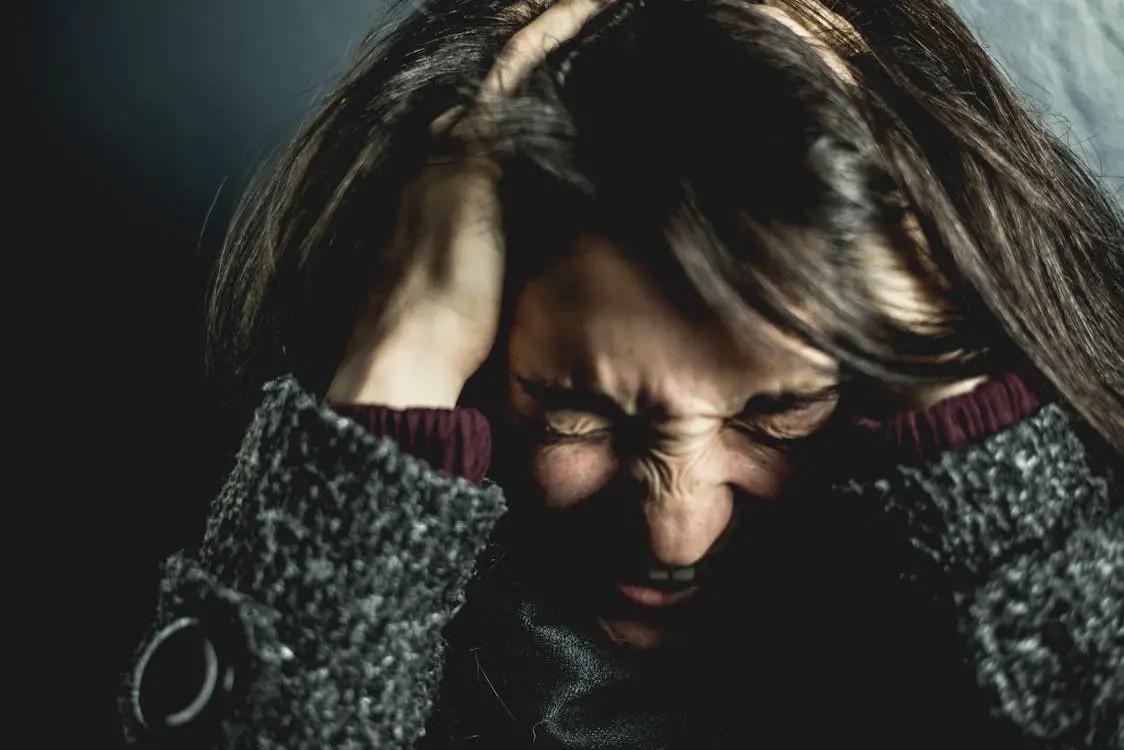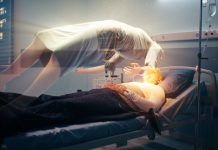The Rising Concern of Stroke Among Young Adults
In recent years, there has been a notable and concerning increase in stroke occurrences among young adults, a demographic that was traditionally thought to be at low risk for such life-threatening events. This alarming trend underscores the urgent need for heightened awareness regarding the symptoms and risk factors associated with strokes in younger populations. While many still associate strokes primarily with older adults, shifts in lifestyle, health trends, and behavioral patterns suggest that this perception is not only outdated but potentially dangerous. Understanding the underlying causes and recognizing the symptoms of strokes can indeed be life-saving.
Understanding the Scope of the Problem
Recent statistics from the American Heart Association reveal that the incidence of strokes in young adults has surged by an astonishing 40 percent over the last decade. This increase is particularly striking given that approximately 10-15 percent of all strokes now occur in individuals aged between 18 and 45. This statistic challenges the long-held belief that strokes are predominantly a concern for older individuals, highlighting the need for a paradigm shift in how we perceive and address stroke risks among the younger population. Factors contributing to this increase among younger people include a combination of unhealthy lifestyle choices, chronic stress, and the troubling rise in recreational drug use. Moreover, hormonal contraceptives containing estrogen may further exacerbate the risk, particularly in women, necessitating a closer examination of various health behaviors.
Identifying Stroke Symptoms
Awareness of stroke symptoms is pivotal for prompt treatment and reducing long-term consequences. Dr. Khurram Nasir, who leads the division of cardiovascular prevention and wellness at the Houston Methodist DeBakey Heart and Vascular Center, emphasizes the critical nature of time in stroke treatment, stating, “While the medical community has made significant advancements in managing strokes, these improvements hold little value if patients fail to recognize the symptoms.” Early recognition can significantly improve outcomes, minimizing the potential for lasting disability. For young adults, who may overlook or dismiss these symptoms as mere fatigue or stress, this message is especially important.

Common Symptoms to Watch For
Several key symptoms can signal a stroke, and it is important for individuals to be vigilant. Here are some common indicators:
- Sudden Weakness or Numbness: This often manifests as weakness, numbness, or a tingling sensation on one side of the body, particularly affecting the face, arm, or leg. Individuals may notice that they are unable to lift one arm or that one side of their face droops.
- Difficulty Speaking: A person experiencing a stroke may struggle with slurred speech or have trouble forming coherent sentences. Friends and family should be aware if someone suddenly begins speaking incoherently or is unable to articulate their thoughts.
- Severe Headache: An intense headache that appears suddenly and without warning can be a critical warning sign of a stroke. This type of headache is often described as the worst headache ever experienced and can accompany other physical symptoms.
- Dizziness and Loss of Balance: Sudden difficulties with coordination or balance may indicate an issue with the cerebellum, the brain region responsible for these functions. Individuals may find themselves stumbling or feeling unusually unsteady.
- Vision Changes: Symptoms may also include blurred vision, double vision, or sudden loss of vision in one eye. Such changes can occur without any prior warning and should never be ignored.

Taking Immediate Action
Recognizing these symptoms is only the first step; taking swift action is equally crucial. If you or someone you know exhibits any signs of a stroke, it is vital to seek medical attention immediately. The acronym FAST is a helpful way to remember the key symptoms: Face drooping, Arm weakness, Speech difficulties, and Time to call emergency services. Time is often of the essence in stroke treatment, as quicker intervention can significantly enhance recovery prospects and minimize long-term impacts. Those in the vicinity of someone exhibiting stroke symptoms should not hesitate to act, as every minute can make a difference in the outcomes.
The Importance of Public Awareness
Raising public awareness about strokes among young adults is essential. Health education campaigns that focus on lifestyle changes, stress management, and the dangers of recreational drug use can empower individuals to take charge of their health. Furthermore, it is crucial to disseminate information regarding the symptoms and risk factors associated with strokes. Sharing articles, resources, and personal stories can help spread awareness and save lives. Community workshops and online platforms can serve as effective avenues for educating young adults about the realities of stroke, emphasizing that it is not merely an “old person’s disease.” Engaging social media campaigns can also play a significant role in reaching wider audiences and fostering discussions about health and well-being.
Conclusion
The increase in stroke cases among young adults is a pressing health concern that demands immediate attention. By understanding the risk factors, recognizing symptoms, and taking decisive action, individuals can significantly improve their chances of recovery and reduce the likelihood of long-term disability. It is our collective responsibility to educate ourselves and others, creating a more informed community that prioritizes health and well-being. Please share this article with friends and family to help raise awareness about this critical issue. Collectively, we can work towards changing the narrative surrounding strokes in young adults, ensuring that this demographic is informed, prepared, and empowered to face potential health challenges.

















